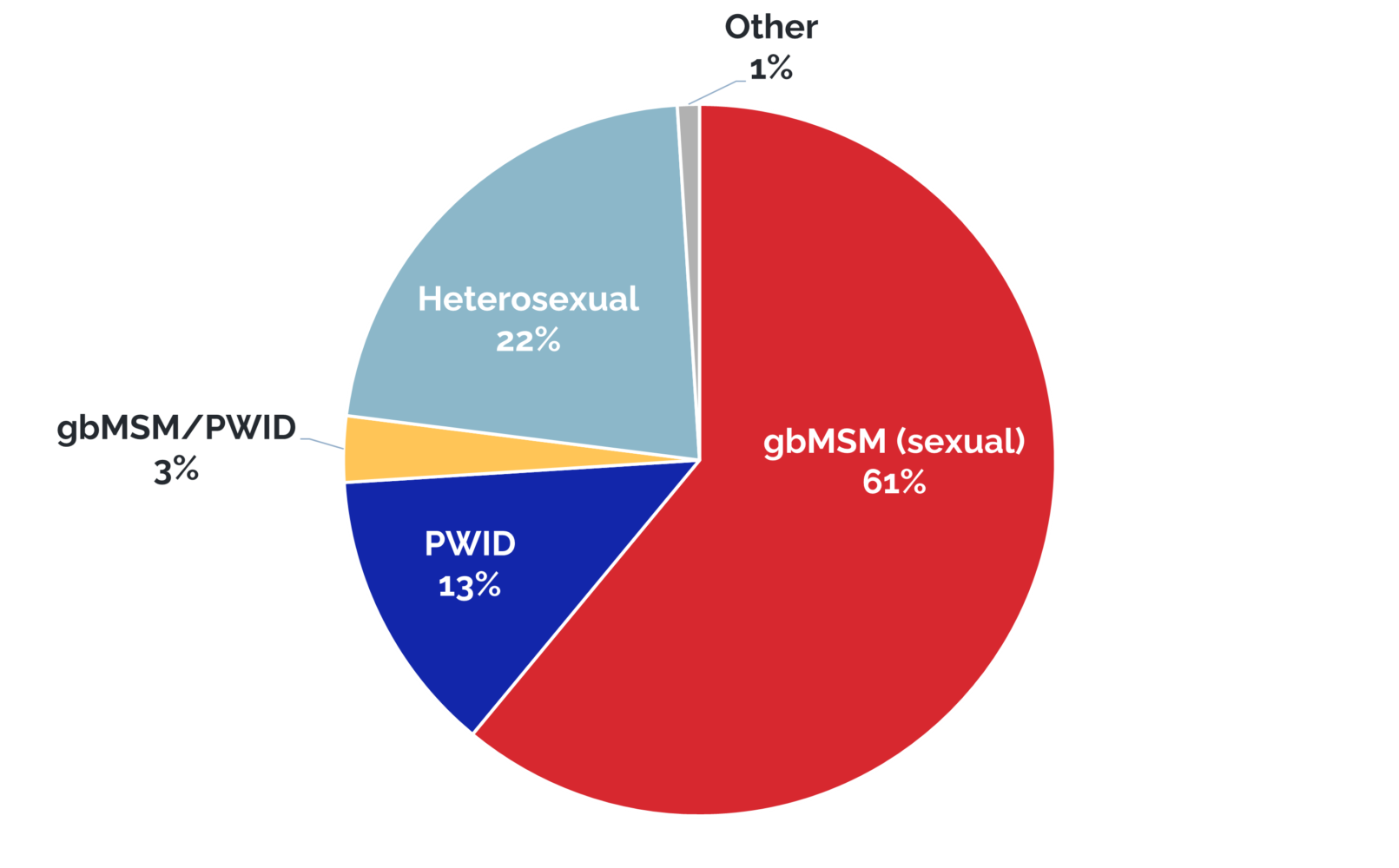STBBI Basics: HIV

What is HIV/AIDS?
Human Immunodeficiency Virus (HIV) is an infection that attacks certain white blood cells, specific to the body’s immune system.1 HIV is a manageable chronic condition, however, if left untreated it can lead to Acquired Immune Deficiency Syndrome (AIDS), which can weaken a human’s immunity against opportunistic infections.1
HIV treatment has improved immensely since the 1980s and 1990s. People who live with HIV can be treated with antiretroviral medications as part of their antiretroviral therapy (ART).1 These antiretroviral medications suppress the individual’s HIV viral load, slowing the spread of the virus in the body, and helping strengthen the immune system in order to fight off opportunistic infections.1 These medications improve the health of people living with HIV and can prevent HIV transmission.
However, despite these advances in HIV treatment, there are still an estimated 62,050 people living with HIV in Canada, and among those, approximately 87 per cent were diagnosed, which means 13 per cent are unaware of their HIV diagnosis.2
Social Determinants of Health continue to present challenges for successful linkage to care and initiation of treatment.2




HIV Canada: Exposure & Key Populations – 2020


How is HIV transmitted?
HIV is a fragile virus, which means there needs to be a special set of circumstances for the virus to be passed from one individual to another.4,5 The first of these circumstances is the fluid. HIV is only present in certain bodily fluids, which includes blood, semen (including pre-ejaculation), vaginal fluid, chest/breast milk, and anal secretions.5 Additionally, HIV can only be spread through very specific routes.5 These routes include mucous membranes, such as the vagina, rectum, opening of the penis, or foreskin, as well as a break in the skin, from a needle stick injury or sharing injection supplies.5 Finally, there needs to be an event that brings the fluid and the route together for HIV transmission to occur.5 The highest risk events to potentially transmit HIV include, unprotected sexual activity, sharing and/or reusing injection equipment, accidental needlestick injury, pregnancy, childbirth, and infant feeding.5
How is HIV not transmitted?
HIV cannot be passed through saliva, urine, feces, tears, or sweat.5 It cannot be transmitted through hugging, shaking hands, or socially kissing an individual with HIV, or through objects such as toilet seats.5 HIV typically cannot be transmitted through oral sex, unless an individual has bleeding gums or a wound inside their mouth, in which case HIV potentially will enter the bloodstream through bodily fluids.5
References
- Estimates of HIV Incidence, Prevalence and Canada’s Progress on meeting the 90-90-90 HIV targets. Public Health Agency of Canada. Published May 11, 2022. Accessed August 2, 2022.
- HIV in Canada: 2020 Surveillance Highlights. Public Health Agency of Canada. Published December 12, 2021. Accessed August 2, 2022.
- HIV & AIDS. GoFreddie. Published March 18, 2022. Accessed August 2, 2022.
- HIV Basics. Canadian AIDS Treatment Information Exchange. Published 2021. Accessed August 2, 2022.
- HIV in Canada: 2019 Surveillance Highlights. Public Health Agency of Canada. Published November 11, 2021. Accessed August 2, 2022.
